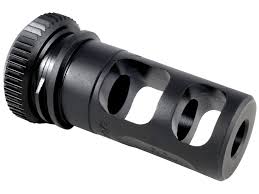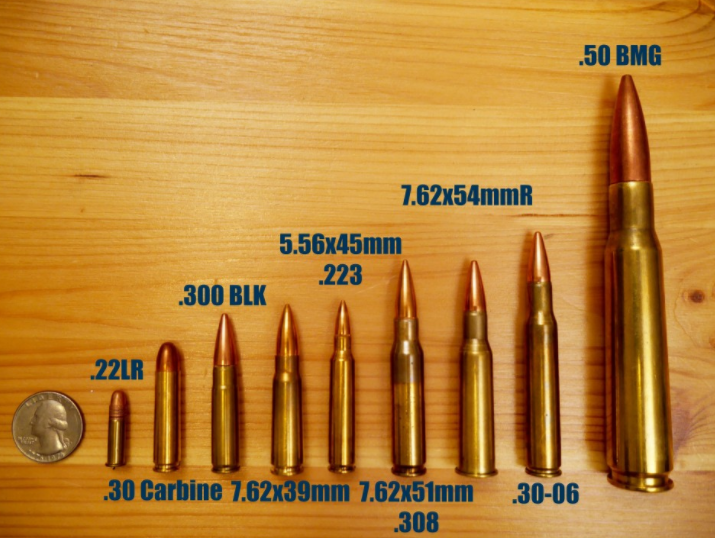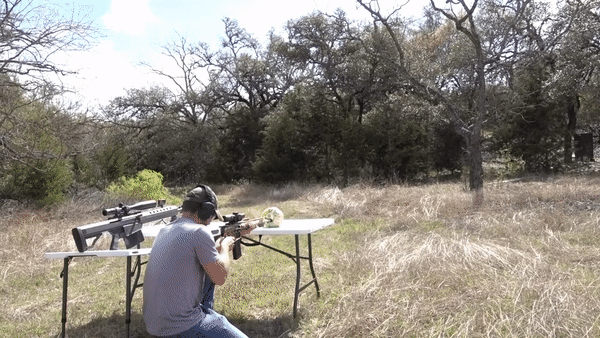What Will a Muzzle Brake Break?
A muzzle brake is a firearm attachment that extends the barrel of the gun. Below is a picture of a muzzle brake.

The point of a muzzle brake is to help increase accuracy by reducing vertical recoil when fired. It does this by venting out the gas horizontally in the muzzle brake, rather than letting it spread out in all directions as the bullet exits the barrel. When fired, a large amount of pressurized gas is created within the barrel, and immediately tries to escape, launching a bullet one way, and the gun back. When the gas reaches the muzzle brake, it has its first chance to fully escape and spread out, so it vents out the horizontally-aligned holes, creating a leftward and rightward force, rather than vertical forces.
So if this pressurized gas is shooting out the sides of this muzzle brake, it must be more concentrated. And if it's more concentrated, it must be more powerful. But what else could make it more powerful?
Surely, more pressure would make it more powerful...
Below is a list of different common rifle calibers. A small rifle, such as an AR-15 (Yes, in this case, an AR-15 is small) would have quite a bit of power coming out of the muzzle brake, but a heavier, quicker bullet shot out of a rifle chambered in .308 (7.62x51mm) would surely have more power. Even more so, a .50 BMG would have an immense amount of power. Below you'll see

Let's start with a peek at a muzzle brake on the end of a .308 rifle. (On the first clip, he cut a hole through the lettuce, so the bullet isn't actually hitting it. Probably.)
PSA: CLEAN YOUR FIREARMS AFTER USE.


Now let's take a look at a .50 BMG. Prepare yourself.


So yes, a muzzle brake will break stuff, quite spectacularly. But if you want to break stuff with a muzzle brake, it will cover you gun, not so spectacularly. Still, an interesting thought, especially when you consider that many tanks or artillery (or artillery tanks) have giant muzzle brakes on them. Maybe they could flip a car.


.thumb.jpg.b838522f9d3d2feb031634f2491f9979.jpg)
1 Comment
Recommended Comments